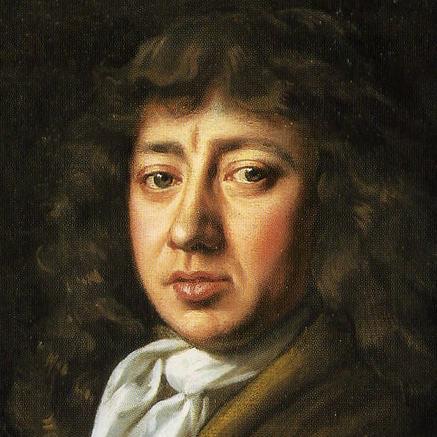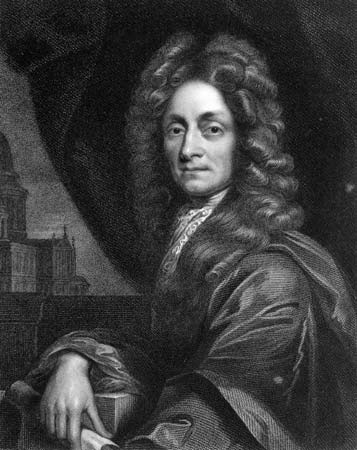The history of London goes back to 43 AD when this city was first founded by Roman settlers and orginally christened Londinium. Yet when one visits London today, one could argue that the year zero of this city begins with the renowned architect Sir Christopher Wren who was responsible for rebuilding the city after most of it was devastated by the Great Fire Of 1666.
Today very little of old medieval London exists. Yet it is there! Mostly in the form of the few churches which survived the Great Fire and of course the mighty Tower Of London and Tower Bridge. One of the principle reasons why most of London was destroyed by the Fire was due to the fact that the majority of the city’s houses and buildings were made out of wood. The fact that the Tower of London was made of good old hard stone speaks volumes about how its bacon was saved.
To experience a decent slice of medieval London, I personally like to head to EC1 and the Cloth Court/Cloth Fair area of narrow medieval alleyways and of course the magnificent St Bartholomew’s church. Nearby you have the legendary Smithfields Market and a little further up is the Barbican. By the jungle of Brutalist architecture one can find St Giles church and surviving relics of the original London Wall. For a definitive and comprehensive history of this city, the Museum of London is right round the corner. Currently there is an excellent exhibition on there commemorating the 350th anniversary of the Great Fire of 1666. It is a very thorough exhibition with lots of information and even some original artifacts from that time. The exhibition is on display until April 2017.
Below I am featuring some photographs from my wonderings exploring another side to this city and unearthing some of these original relics of London, which were unaffected by the Great Fire…

A portion of the original London Wall in the Barbican area

St Giles-without-Cripplegate church
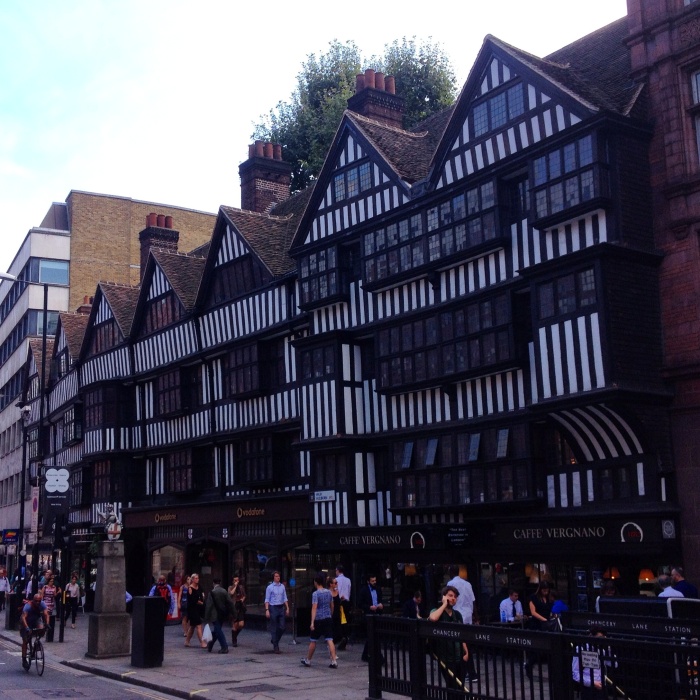
The Staple Inn: This enourmous medieval building was built in 1585 and narrowally escaped the Great Fire by only a few metres

St Etheldredas Church: this church was built in the latter half of the 13th century. It is one of the oldest Roman Catholic churches in England.

For me, this area close to Smithfields market is a fabulous slice of medieval London around the junction of Cloth Court alley and Cloth Fair. Notice the entrance to the iconic St Bartholomew’s church in the background
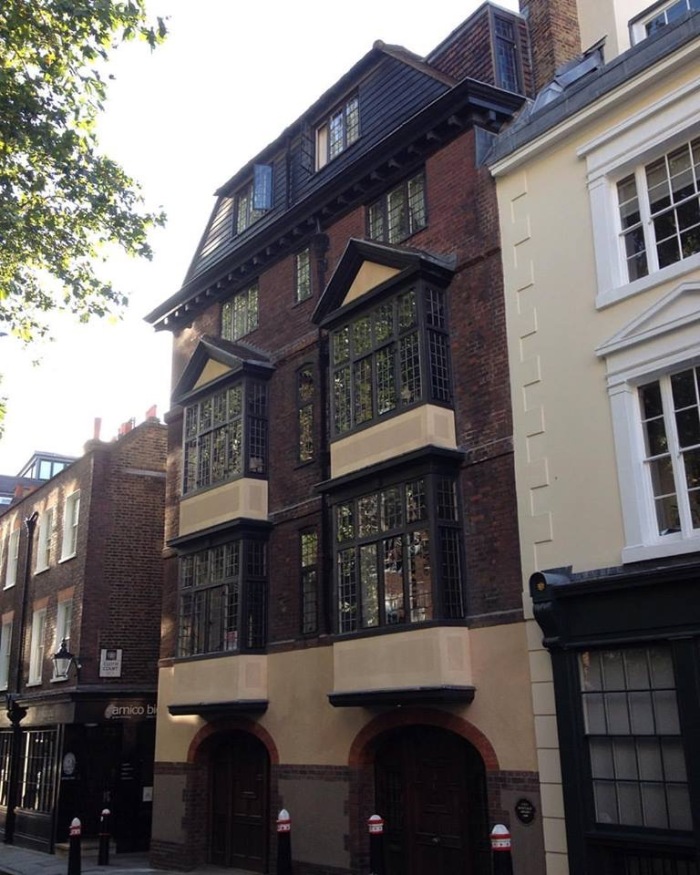
41 Cloth Fair: This is the oldest house in the City Of London orginally constructed between 1597-1614

St Bartholomew Gatehouse: this was constructed in 1595

Priory Church of St Bartholomew-the-great: close up

St Bartholomew-the-great church: this magnificent church was first founded in 1123 by Rahere (a prebendary of St Paul’s Cathedral). It is adjacent to St Bartholomew’s hospital which was also founded by Rahere in that same year and is one of the oldest hospitals in the U.K.

St Bartholomew-the-less church

This shop built in 1567 was featured in Charles Dickens’ ‘The Old Curiosity Shop’

The Seven Stars pub: This unique and charming pub first opened its doors in 1602. It is one of London’s few remaining independent pub and remains little change since it’s early days

The Olde Wine Shades: first opened its doors in 1663

This handsome medieval building on Fleet Street called Prince Henry’s Room survived the Fire. It was a former tavern where the London diarist Samuel Pepys liked to hang out
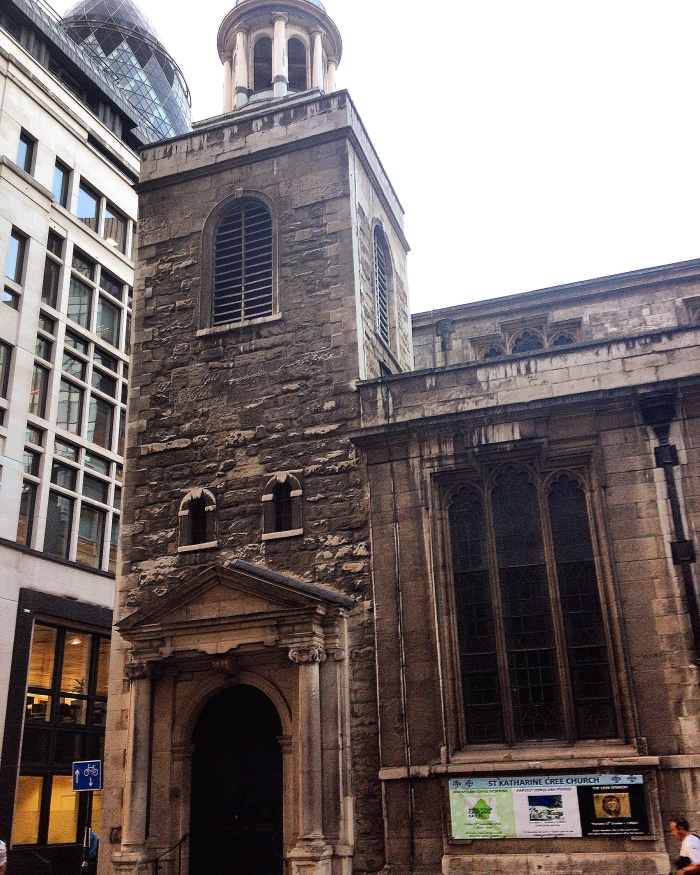
St Katherine Cree Church

St Andrew Undershaft Church: this church was originally constructed in 1532. It survived the Great Fire of 1666 an drew World War Two, but was unfortunately damaged in an IRA attack in 1992

St Helen’s Bishopsgate Church: this gem of a church was built in the 12th century. It has the distinction of being the largest surviving church in the City of London. This was also William Shakespeare’s church during his time in the city.
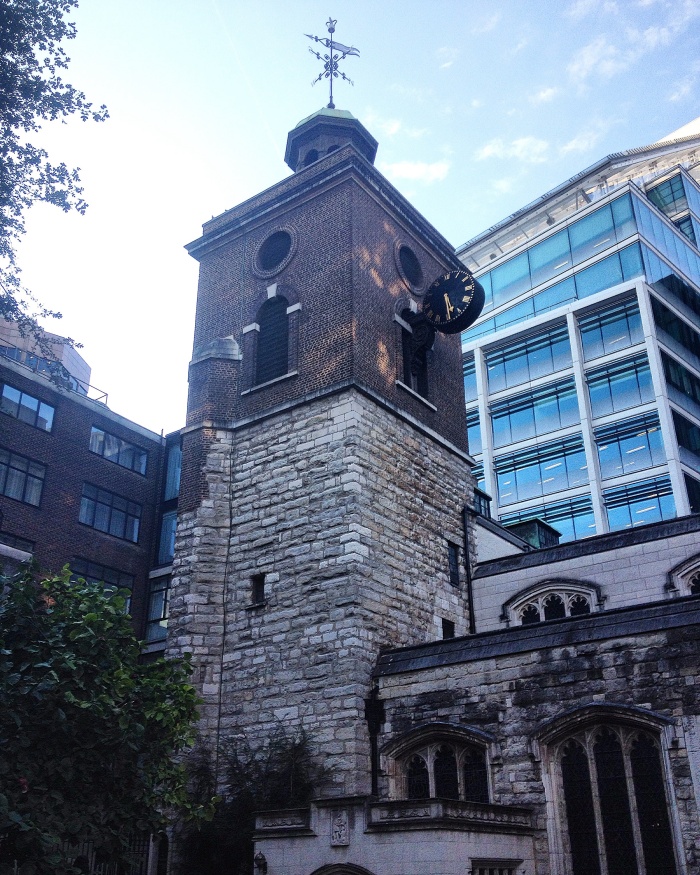
St Olave Hart Street Church: this church was constructed built in 1450. This church was saved by the Great Fire by Sir William Penn (who’s son also named William, founded the state of Pennsylvania) who instructed that the houses surrounding the church be destroyed to make a firebreak and thus save the church

The Tower of London and Tower Bridge in the background. The Tower of London castle was built in 1078.

All Hallows-by-the-Tower Church: Although the current facade of the church goes back to 1658, it is on the site of a church’s going back to 675. Samuel Pepys watched the city burn during the Great Fire from the church’s tower.
Text and photographs by Nicholas Peart
4th December 2016
(All rights reserved)

